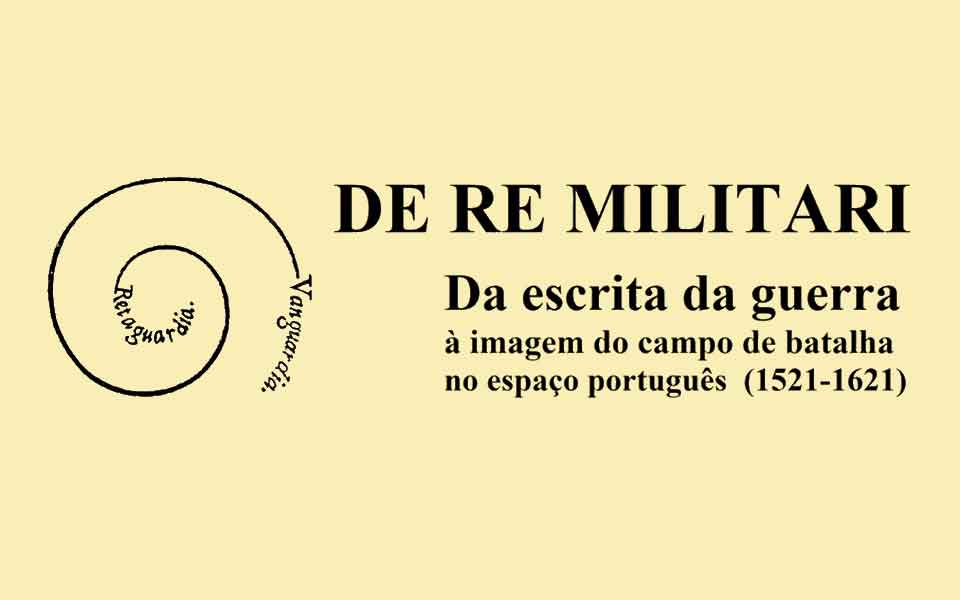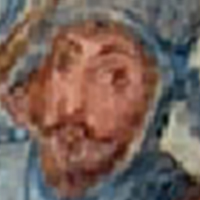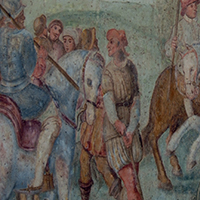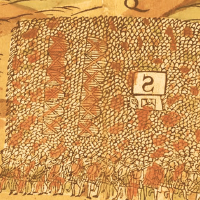Code . PTDC/ART-HIS/32459/2017
Start . 2018
Duration . 37 months
Principal Investigators . Luís Costa Sousa (CHAM) . Ana Paula Avelar (CHAM)
Website . https://imaginariusbellica-remilitari.fcsh.unl.pt/
Institutions
Funding Entity
Fundação para a Ciência e a Tecnologia
Main Research Unit
CHAM — Centre for the Humanities
Coordinating Institution
Faculdade de Ciências Sociais e Humanas / Universidade Nova de Lisboa

War extends beyond fighting in itself, aa an act confined to the study of weaponry and tactics. War, instead, is a specific means of communication, a visual display of empowerment and intimidation, as well as a "model for the occupation of space, with its own rules and functional structures" (So08). In essence, it becomes a veritable "battle architecture" (Beltramini, 2009). For these reasons, it is necessary to do away with a strictly military viewpoint in favor of a multidisciplinary approach. The renaissance witnessed a particularly relevant relationship between Art and War. As new ways of doing battle developed, Art took on a dominant role, the press gained influence as a means for propagating the written word, and contact was established with various regions worldwide (Cu02). In fact, war in the fifteenth and sixteenth centuries conforms into a web of soldiers, engineers/architects, sculptors and painters. They all articulate in the transmutation of the battlefield as a stage, where the most diverse elements of a globalised material culture coexist: iconographic sources, portraits of kings and senior noblemen (some still understudied), complementary scenes, the composition of altarpieces, frescos, sculpture (ivory, etc.), and arms and armor.
Goals
This project's goal aims to use such potential (both textual and iconographic) to (re)create the Portuguese battlefield imagery (1521-1621), focusing on four mil guidelines:
1. Carry out systematic research on military texts disseminated in Portugal, of Spanish and Italian origin;
2. Identify and procuring Portuguese sources relevant for the study of the art of war: treatises, legal documents and chronicles;
3. Systemathize the iconographic material already identified, and add new sources of recognized relevance;
4. Analyse the iconography and relate it to the written sources, under an architectural approach of the battlefield, putting a particular emphasis on the relationship between theory and practice in Portuguese warfare (1521-1621).
Luís Costa Sousa . Coordinator
Ana Paula Avelar . Co-coordinator
André Murteira (CHAM)
Carla Alferes Pinto (CHAM)
Roger Lee de Jesus (CHAM)
Luís Falcão Fonseca (CH-FLUL)
Vítor Luís Gaspar Rodrigues (CH-FLUL)
Consultants
Marco Merlo (Academia Marciana of Turim)
Vítor Manuel Serrão (ARTIS, CH-ULisboa)




.jpg)






